Does a wagging tail always mean a happy dog?
‘My dog is wagging their tail, so it must be happy,’ is a common belief that I have encountered throughout my career. But is this true?
First, before exploring the tail wag, it is useful to understand that dogs use their tails as a form of communication. Communication requires a sender and a receiver, however, transmission and decoding of information can become lost or hindered during transmission, which can lead to miscommunication.
Misinterpretation commonly arises between humans and dogs, which is not surprising since we are a different species. Dogs have developed an exceptional understanding of human body language and facial expressions through domestication, but humans are less competent at interpreting the body language of dogs.
But what about the tail?
The position of the tail gives us a small piece of information to build an understanding of how a dog is feeling. Typically, a dog with a lower tail that is tucked underneath their body and is still or has a narrow, fast wag is likely feeling nervous or fearful; in comparison, a neutral tail positioned in line with the spine and with a wide wag suggests that a dog is relaxed and willing to engage or interact positively. An excited dog may wag their tail in a helicopter-type motion or move their hips in tandem with their tail.
An upward-pointing tail generally indicates that a dog is more responsive in their environment, however, it does not necessarily tell us the dog's emotional state. A dog with an upward-facing tail that is moving fast or wide is likely experiencing a positive emotional state, whereas a dog with an upward-facing tail that is wagging slowly or with a narrow wag may be experiencing a negative emotional state.
A broad or wide tail wag is typically considered to be friendlier and non-threatening, whereas a narrower wag or still tail could indicate that a dog is feeling uneasy. Likewise, a neutral, loose, flowing tail can indicate that a dog is relaxed, whilst a stiff tail could indicate that a dog is feeling uneasy about an interaction or something in their environment. A dog with a stiff tail that is positioned high and arched towards the back with the tip moving in a fast-vibrating motion may indicate that a dog is highly focused on something and could progress to hostile behaviour.
More recently, researchers have proposed that the direction of a dog's tail wag may be associated with their emotional state. It has suggested that the left hemisphere of the body focuses on avoidant emotions and the right hemisphere on engaging emotions; the left hemisphere typically controls the functions of the right side of the body and vice versa, although some functions are controlled by both sides of the brain. It is thought that dogs experiencing a positive emotional state are more likely to have a right-sided bias to their wag, comparatively, dogs in a negative emotional state will wag towards the left with a higher frequency.
One final point we should consider is that every dog is an individual, and factors such as breed, learning and health may influence the movement or positioning of a dog's tail. For example, some dogs may not have a tail, while others may have a curled tail, and some have been bred to have a high position, but others may naturally hold their tail low.
In a nutshell, a wagging tail does not always mean a happy dog. Although the tail wag provides us with some useful information about a dog's emotional state, it is only one piece of our puzzle; we should always assess a dog's entire body language to understand how they may be feeling.
The dog on the left is alert, interested in his environment and experiencing a high arousal level. His tail was positioned high with a fast, narrow wag. He was feeling conflicted in this situation (experiencing both positive and negative feelings), he was interested in a person but was also feeling uneasy. You may notice the slight backward stance, the front paw lift and that the whites of his eyes are slightly showing.
The dog on the left is feeling uneasy; he had his tail tucked between his legs, with a slight wag. You may also notice that his ears are pulled backwards, his posture is hunched and he is showing the whites of his eyes. This dog was experiencing a negative emotional state and was using his body to communicate.
This dog was alert and sitting patiently for a treat, his tail was still with no wag but he was experiencing a positive emotional state. His ears and posture are facing towards the person, his face is relaxed with minimal tension and unlike the other photos, his eyes are wide with no whites showing.



